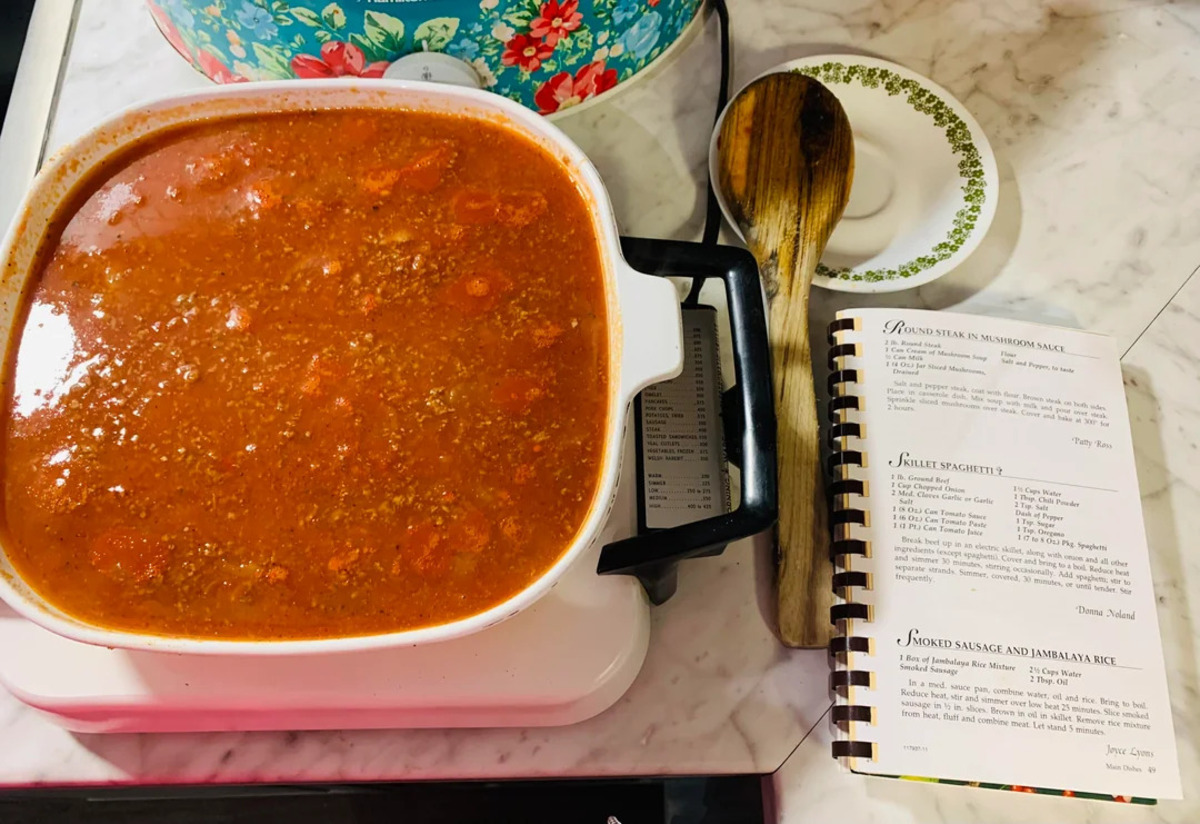

Articles
What Temp Is Simmer With An Electric Skillet
Modified: December 6, 2023
Discover the perfect temperature for simmering with an electric skillet. Read our informative articles packed with tips and tricks to achieve the best results.
(Many of the links in this article redirect to a specific reviewed product. Your purchase of these products through affiliate links helps to generate commission for Storables.com, at no extra cost. Learn more)
Introduction
When it comes to cooking, the temperature plays a vital role in achieving the desired results. One cooking technique that requires precise temperature control is simmering. Simmering is a gentle cooking method that involves cooking food in liquid at a temperature just below boiling, resulting in tender and flavorful dishes.
To achieve the perfect simmer, it’s important to have the right kitchen equipment. One such tool that can help with simmering is an electric skillet. An electric skillet is a versatile appliance that allows for precise temperature control, making it an excellent choice for simmering various dishes.
In this article, we will explore the simmer temperature with an electric skillet and provide valuable insights into achieving that ideal simmer for your cooking needs.
Key Takeaways:
- Achieving the perfect simmer temperature with an electric skillet involves starting with medium heat, choosing the right size skillet, monitoring the heat closely, and using a timer to ensure precise and flavorful results.
- Understanding the factors affecting simmer temperature, such as heat distribution, pan material, lid usage, skillet size, and ambient environment, is crucial for maintaining the ideal simmer temperature with an electric skillet.
Read more: What Temp Is Medium On An Electric Skillet
Definition of Simmering
Simmering is a cooking technique that involves gently cooking food in a liquid at a temperature just below boiling. The simmering process allows flavors to meld together while tenderizing the ingredients. It is the perfect method for dishes that require slow cooking and the development of complex flavors.
When simmering, the liquid should be maintained at a consistent temperature of around 180 to 205 degrees Fahrenheit (82 to 96 degrees Celsius). This temperature range ensures that the liquid remains hot enough to cook the food but not boiling, which would cause the food to become tough or overcooked.
Simmering is commonly used for making stocks, soups, stews, and braises. It allows the flavors to deepen and intensify over time, resulting in rich and flavorful dishes. Additionally, simmering is an excellent technique for tenderizing tougher cuts of meat, as the low and steady heat breaks down the connective tissues and collagen, resulting in melt-in-your-mouth texture.
It is important to note that simmering is distinct from boiling. Boiling involves rapidly heating a liquid to its boiling point, whereas simmering maintains a gentler, controlled heat. The slower cooking process of simmering allows for better flavor development and texture preservation.
Now that we’ve defined simmering, let’s delve into how an electric skillet can be used to achieve the perfect simmer temperature.
Understanding an Electric Skillet
An electric skillet is a versatile kitchen appliance that provides a convenient way to cook a variety of dishes. It consists of a large, flat cooking surface that is heated by an electric element. Electric skillets come in different shapes and sizes, with temperature controls that allow for precise heat adjustment.
Unlike stovetop skillets, electric skillets offer the advantage of consistent heat distribution. The heating element ensures that the surface temperature remains even, eliminating hot spots that can cause uneven cooking. This makes an electric skillet an ideal tool for simmering, as it maintains a constant temperature throughout the cooking process.
Electric skillets are also equipped with temperature control knobs or buttons. This allows you to adjust the heat to your desired level, making it easier to achieve and maintain the perfect simmer temperature. Some electric skillets even have specific simmer settings that automatically adjust the heat for you.
Additionally, electric skillets often have features such as a non-stick surface, a glass lid for monitoring the cooking process, and even programmable timers. These features contribute to the convenience and versatility of the appliance, making it a valuable addition to any kitchen.
Electric skillets can be used for various cooking methods, including sautéing, frying, roasting, and, of course, simmering. Their versatility and ease of use make them popular among both beginner and experienced cooks.
Now that we understand the basic features and benefits of an electric skillet, let’s explore how the temperature settings on this appliance can help achieve the perfect simmer.
Temperature Settings of an Electric Skillet
When using an electric skillet for simmering, understanding and utilizing the temperature settings is crucial for achieving the desired results. Electric skillets typically come with temperature control options that allow you to adjust the heat to specific levels.
The temperature control on an electric skillet can range from low to high, with some models having specific temperature settings for simmering. These temperature settings are usually indicated by numbers or symbols on the control knob or display panel.
It is important to note that the exact temperature ranges may vary between different brands and models of electric skillets. As such, it is recommended to refer to the manufacturer’s instruction manual to familiarize yourself with the specific temperature settings of your electric skillet.
For simmering, you’ll typically want to set the electric skillet to a medium or medium-low temperature. This will ensure that the liquid stays at a gentle simmer, just below the boiling point. If your electric skillet has a specific simmer setting, it is advisable to use that option for precise temperature control.
Keep in mind that the temperature range for simmering is around 180 to 205 degrees Fahrenheit (82 to 96 degrees Celsius). Adjust the temperature on your electric skillet accordingly to maintain a consistent simmer throughout the cooking process.
Another important factor to consider is the type of dish you are simmering. Different recipes may require slightly different simmer temperatures to achieve the desired results. For example, delicate sauces may require a lower simmer temperature, while heartier stews may benefit from a slightly higher simmer.
Experimentation and practice will help you become familiar with the temperature settings of your electric skillet and how they affect the simmering process. It’s always a good idea to start at a medium heat and make adjustments if needed, based on your cooking experience and the specific recipe you are following.
Now that we understand the temperature settings of an electric skillet, let’s dive into how to determine the simmer temperature with this appliance.
Simmering with an electric skillet typically occurs at a temperature range of 180-200°F (82-93°C). Use the temperature control dial to adjust and maintain the desired simmering temperature for your recipe.
Determining the Simmer Temperature with an Electric Skillet
When using an electric skillet for simmering, it is important to determine the right simmer temperature to ensure that your dishes are cooked to perfection. Here are a few methods to help you determine and maintain the ideal simmer temperature:
- Visual Cue: One way to determine the simmer temperature is by observing the liquid in the skillet. As you heat the skillet, the liquid will start to show small bubbles forming on the surface. These bubbles should be smaller and less vigorous than those of a rolling boil. This visual cue indicates that the liquid is simmering and can help you gauge the appropriate temperature.
- Temperature Probe: Another method is to use a kitchen thermometer to measure the temperature of the liquid in the skillet. Insert the thermometer into the liquid, ensuring that the probe is immersed but not touching the bottom of the skillet. The temperature should read between 180 to 205 degrees Fahrenheit (82 to 96 degrees Celsius) for a gentle simmer.
- Simmer Setting: If your electric skillet has a specific simmer setting, this can be a convenient way to achieve and maintain the ideal simmer temperature. Simply adjust the skillet to the simmer setting, and the appliance will automatically regulate the heat to ensure a gentle simmer.
- Control Knob: If your electric skillet does not have a simmer setting, you can adjust the heat manually using the control knob. Start by setting the skillet to medium or medium-low heat, then monitor the liquid closely to ensure it maintains a gentle simmer. Make small adjustments to the heat as needed to achieve the desired simmer temperature.
It’s important to note that achieving the perfect simmer temperature may require some trial and error. Factors such as the size of the skillet, the thickness of the liquid, and the ingredients being simmered can all affect the simmering process. Adjustments may be necessary to maintain the desired simmer throughout the cooking time.
Now that we’ve explored how to determine and control the simmer temperature, let’s take a look at the factors that can affect the simmer temperature in an electric skillet.
Read more: What Temp To Saute Onions Electric Skillet
Factors Affecting Simmer Temperature in an Electric Skillet
When using an electric skillet for simmering, several factors can influence the simmer temperature. It’s important to be aware of these factors to ensure that you can adjust and maintain the ideal simmer temperature. Here are some key factors to consider:
- Heat Distribution: The heating element in an electric skillet plays a significant role in the distribution of heat. If the skillet has a hot spot or uneven heat distribution, it can affect the simmer temperature. To mitigate this, stir the contents of the skillet occasionally to promote even cooking and prevent any localized hot spots.
- Pan Material: The material of the electric skillet can impact heat conduction and retention. Stainless steel and aluminum skillets tend to heat up quickly and distribute heat evenly. Non-stick coated skillets may have slightly slower heat conduction. Understanding the properties of the skillet’s material can help you make adjustments to achieve and maintain the simmer temperature.
- Lid Usage: Using a lid on the electric skillet while simmering can help retain heat and moisture within the cooking area. This helps regulate the simmer temperature and prevents excessive evaporation. However, if you notice that the simmer temperature is too high, partially removing the lid can help dissipate some of the heat and reduce the temperature.
- Skillet Size: The size of the electric skillet can affect the simmer temperature as well. A larger skillet will often require more heat to maintain a simmer, as there is a larger cooking surface area for heat to dissipate. Conversely, a smaller skillet may require less heat. Adjust the temperature settings accordingly based on the size of the skillet you are using.
- Ambient Environment: The ambient temperature of your kitchen can play a role in the simmer temperature. If it is a particularly hot day, the overall temperature in the room may impact how quickly the electric skillet heats up. Similarly, if the kitchen is drafty or cold, it may take longer for the skillet to reach and maintain the simmer temperature. Adjust the temperature settings accordingly to compensate for these environmental factors.
It’s essential to be mindful of these factors and make adjustments as necessary to achieve and maintain the ideal simmer temperature. Remember that practice and experience will help you become more adept at handling these variables and producing consistent results.
Now that we’ve explored the factors affecting simmer temperature, let’s move on to some tips for achieving the perfect simmer in an electric skillet.
Tips for Achieving the Perfect Simmer Temperature
Simmering is a delicate cooking technique that requires precise temperature control. When using an electric skillet, here are some valuable tips to help you achieve the perfect simmer temperature for your dishes:
- Start with Medium Heat: Begin by setting your electric skillet to a medium heat setting. This will allow the skillet to heat up gradually, giving you better control over reaching the simmer temperature. You can always adjust the heat as needed once the liquid starts to simmer.
- Use the Right Size Skillet: Choose an electric skillet that is appropriate for the recipe you’re preparing. Using a skillet that is too large for the amount of food can make it more challenging to maintain the simmer temperature. Conversely, using a skillet that is too small may lead to overcrowding and uneven cooking. Select a skillet that offers enough space for the ingredients to spread out evenly.
- Monitor the Heat: Keep a close eye on the heat and liquid in the skillet throughout the simmering process. Adjust the temperature settings as needed to maintain a gentle simmer. If the liquid starts to boil or bubble vigorously, reduce the heat slightly. On the other hand, if the simmer is too low, increase the heat slightly to maintain a consistent simmer temperature.
- Stir Occasionally: Stirring the contents of the skillet occasionally will help promote even cooking and prevent any sticking or burning. It will also aid in distributing the heat evenly throughout the liquid, ensuring that the simmer temperature remains consistent across the entire skillet.
- Use a Timer: To avoid overcooking or undercooking your dishes, set a timer to keep track of the simmering time. Different recipes may require different simmer durations, so follow the recipe instructions and use a kitchen timer or a timer on your electric skillet if available.
- Adjust for Altitude: If you are cooking at high altitudes, keep in mind that the boiling point of water is lower due to the decrease in atmospheric pressure. Adjust the simmer temperature accordingly to ensure proper cooking times and flavor development.
- Experiment and Learn: Simmering is an art that improves with practice. Experiment with different recipes, ingredients, and simmer temperatures to discover what works best for you. Make note of the results and adjust your techniques accordingly for future cooking endeavors.
By following these tips, you will be well on your way to achieving the perfect simmer temperature with your electric skillet. Remember, practice and patience are key to honing your simmering skills.
Now it’s time to wrap up our discussion on simmering with an electric skillet.
Conclusion
Simmering is a cooking technique that requires precision and control, and using an electric skillet can greatly assist in achieving the perfect simmer temperature. With the ability to adjust the heat settings and ensure even distribution, an electric skillet provides a convenient and reliable tool for simmering a wide range of dishes.
Throughout this article, we have explored the definition of simmering, the features of an electric skillet, the temperature settings, determining the simmer temperature, factors affecting simmer temperature, and tips for achieving the perfect simmer. By understanding these concepts and implementing the tips provided, you can elevate your cooking skills and create delicious simmered dishes with ease.
Remember to start with medium heat, choose the right size skillet, monitor the heat closely, stir occasionally, and use a timer to ensure your dishes are cooked to perfection. Adjusting for external factors such as ambient temperature and altitude will also contribute to your cooking success.
Lastly, don’t be afraid to experiment and practice. Simmering is an art form that improves over time, and with each dish you create, you will gain a better understanding of the simmer temperature and how it affects different ingredients and recipes.
So, embrace the versatility of your electric skillet, explore new recipes, and enjoy the flavorful and tender results of simmering. With the techniques and knowledge shared in this article, you are well-equipped to embark on your culinary journey and impress your family and friends with your simmering skills.
Happy cooking!
Frequently Asked Questions about What Temp Is Simmer With An Electric Skillet
Was this page helpful?
At Storables.com, we guarantee accurate and reliable information. Our content, validated by Expert Board Contributors, is crafted following stringent Editorial Policies. We're committed to providing you with well-researched, expert-backed insights for all your informational needs.
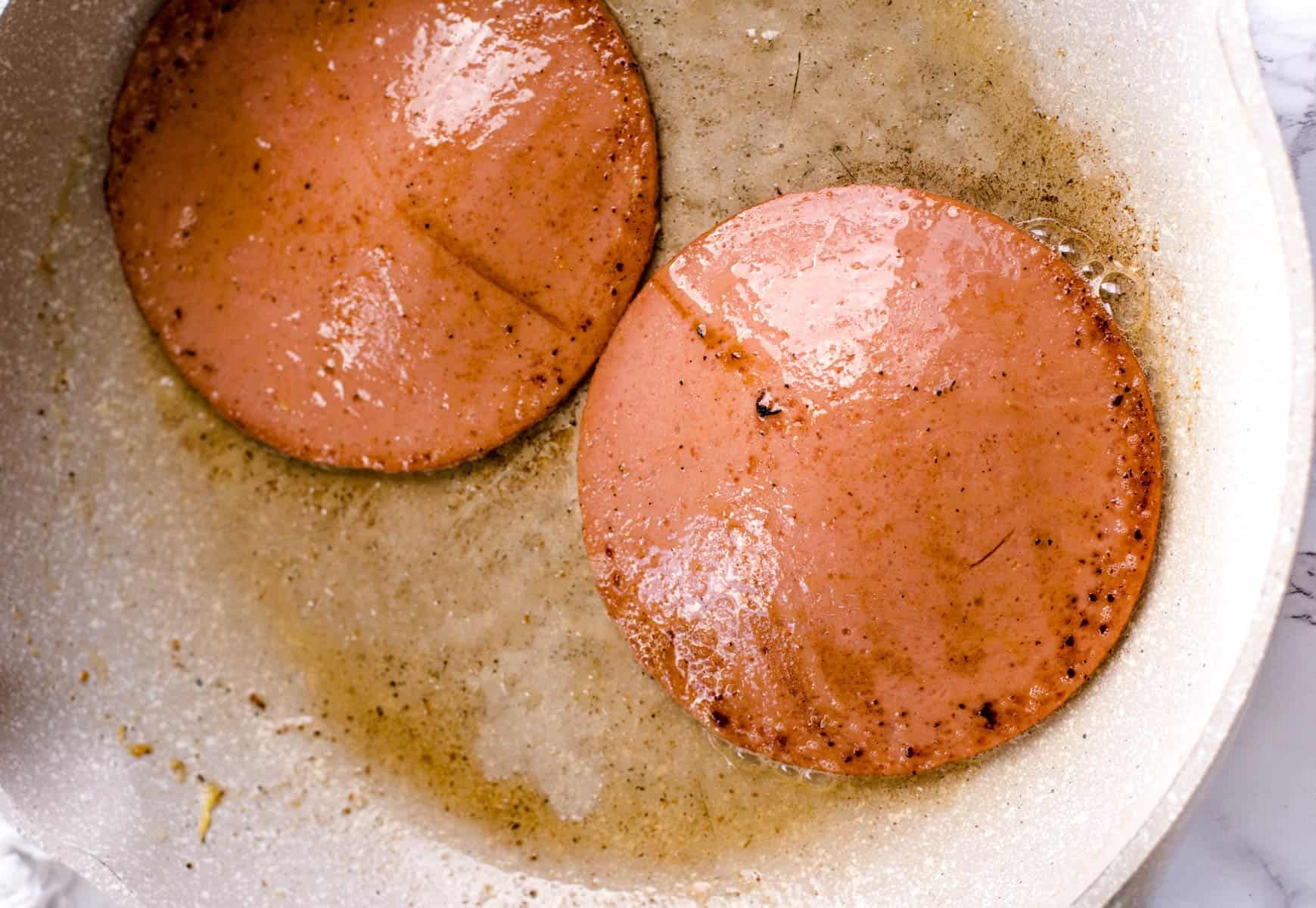
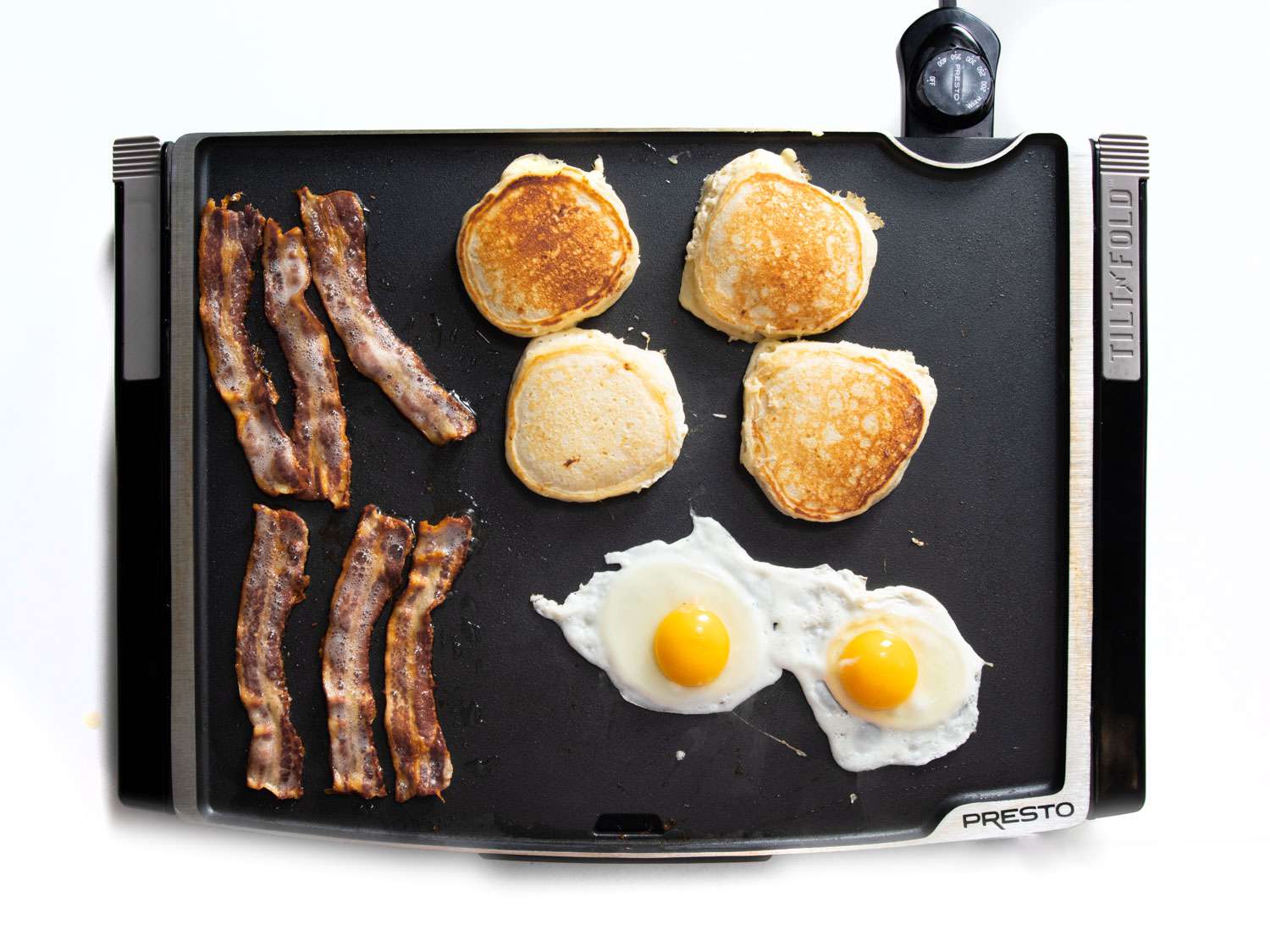
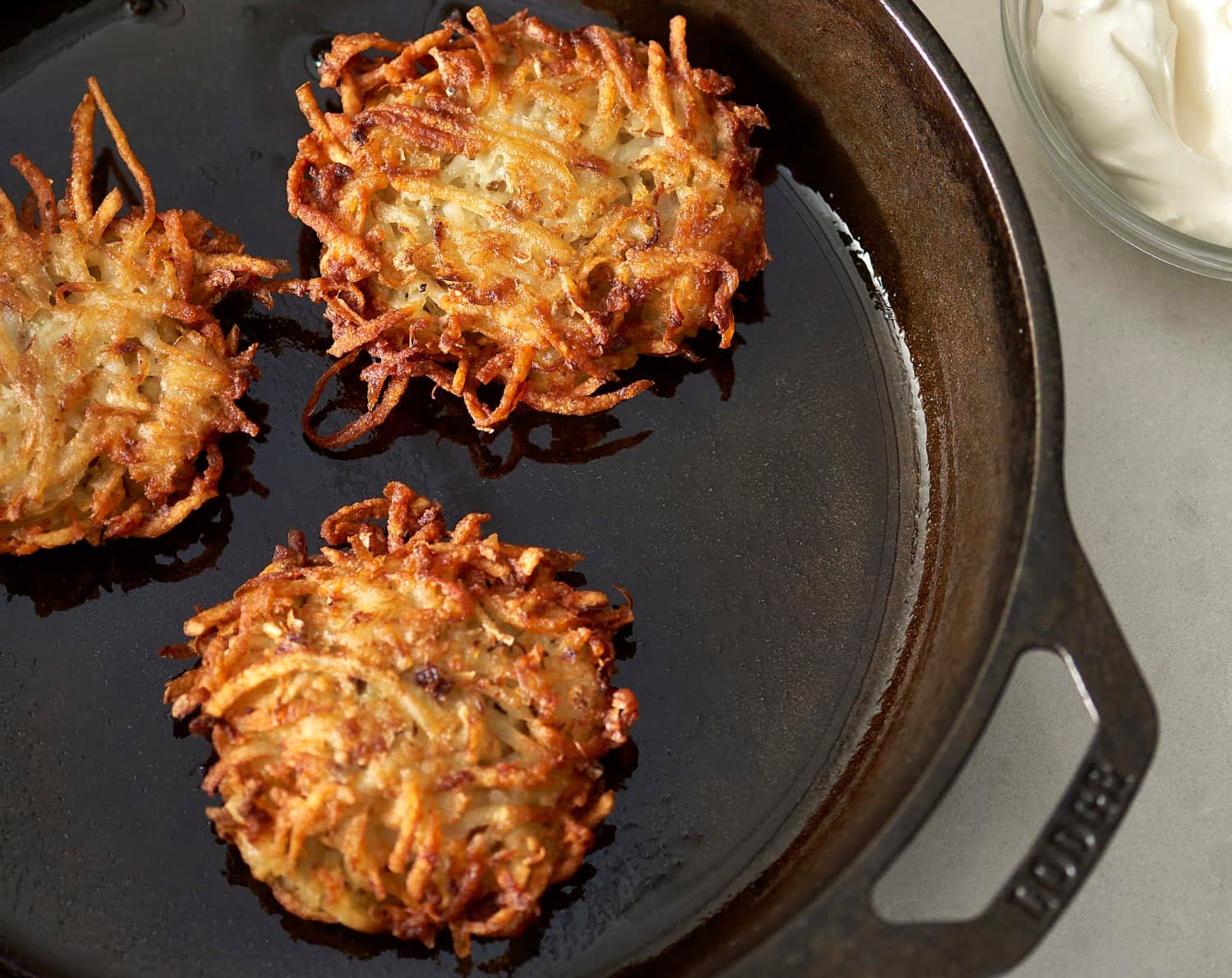
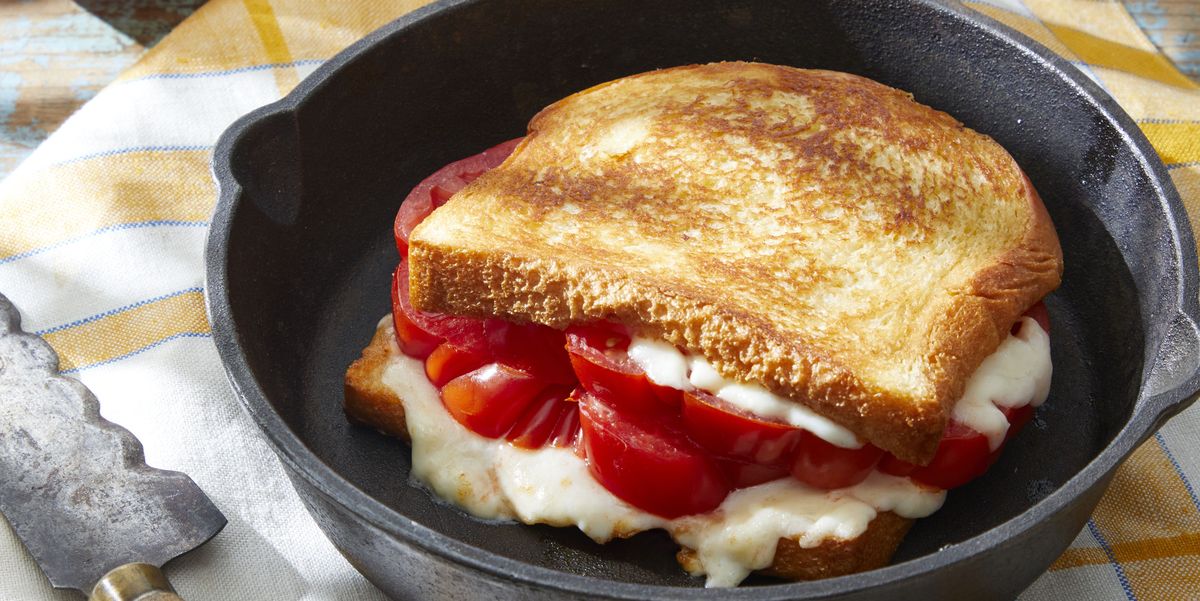
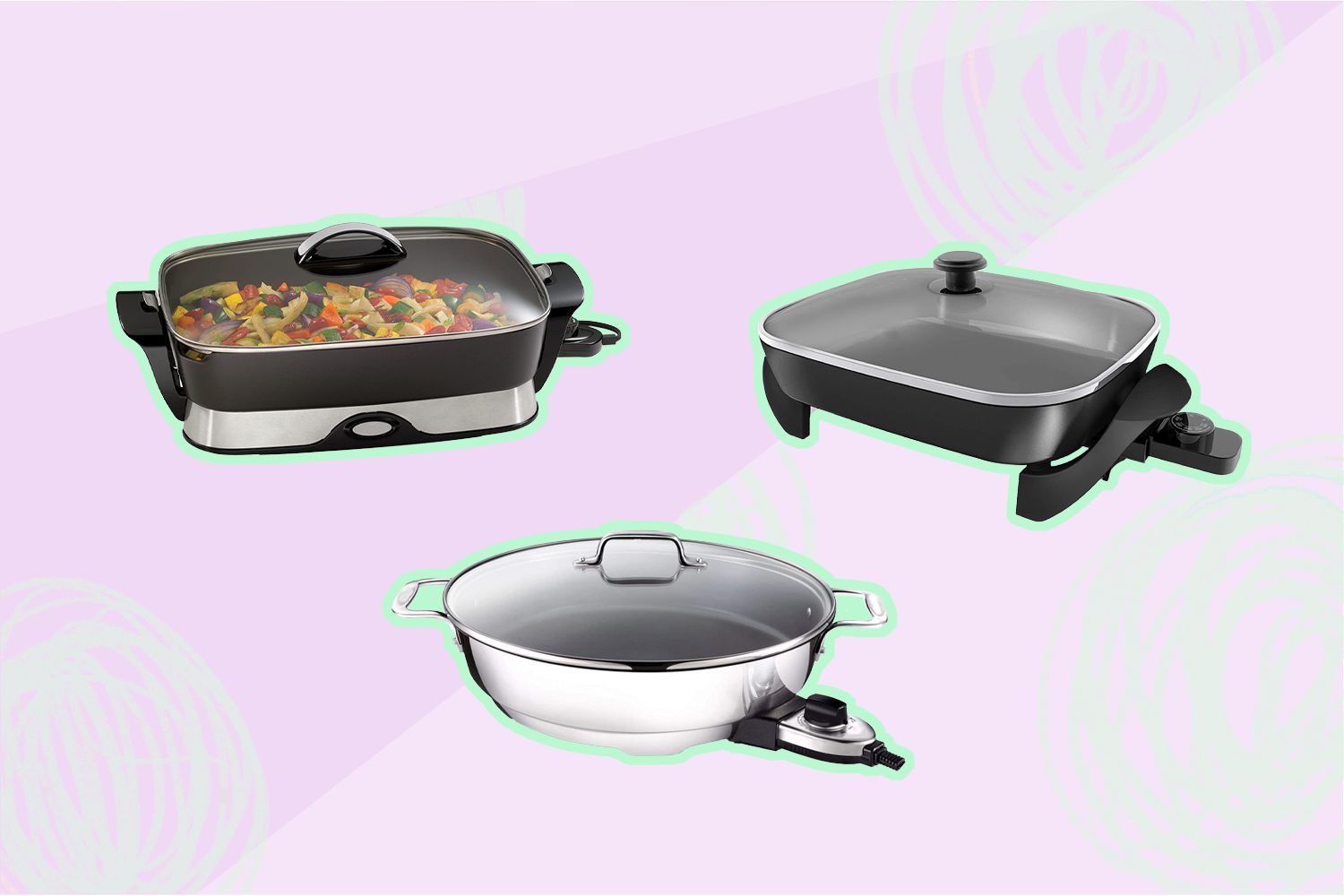
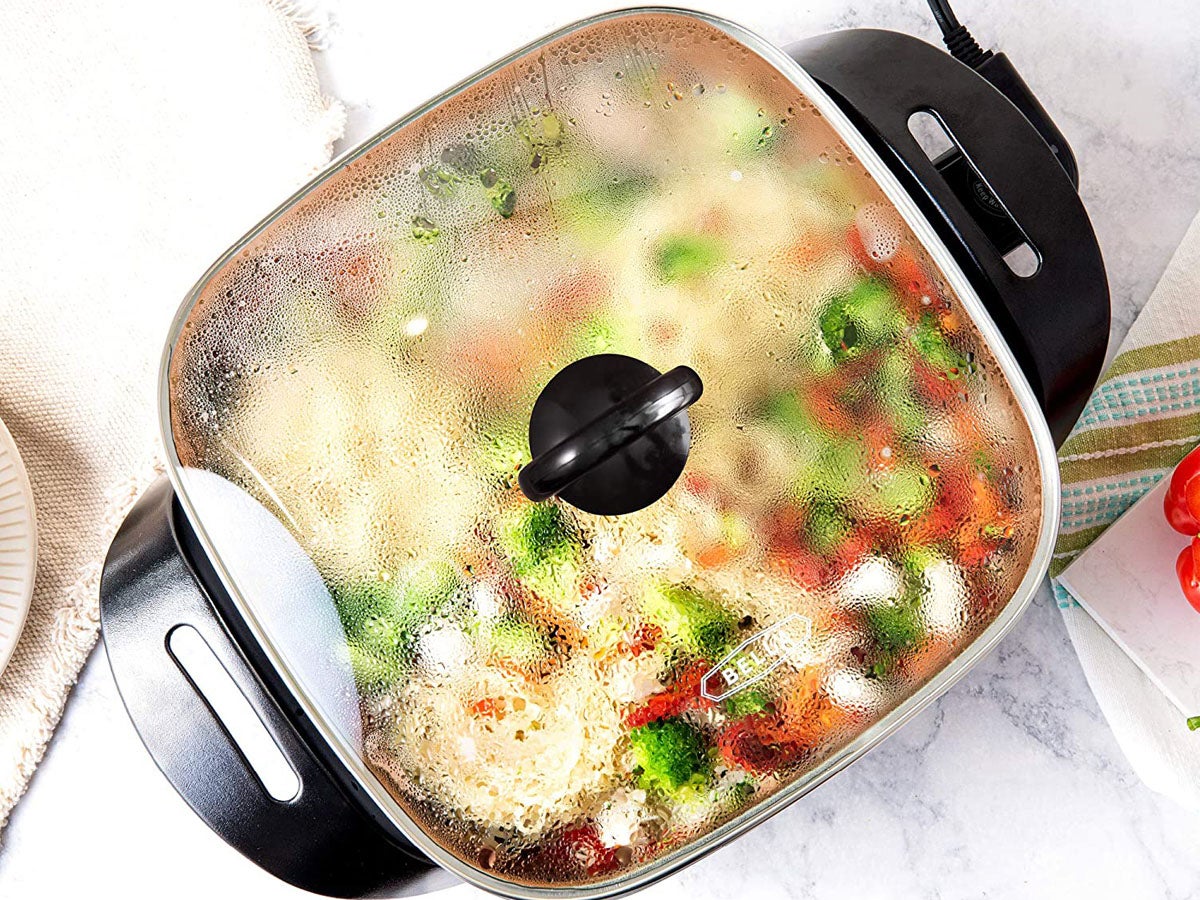
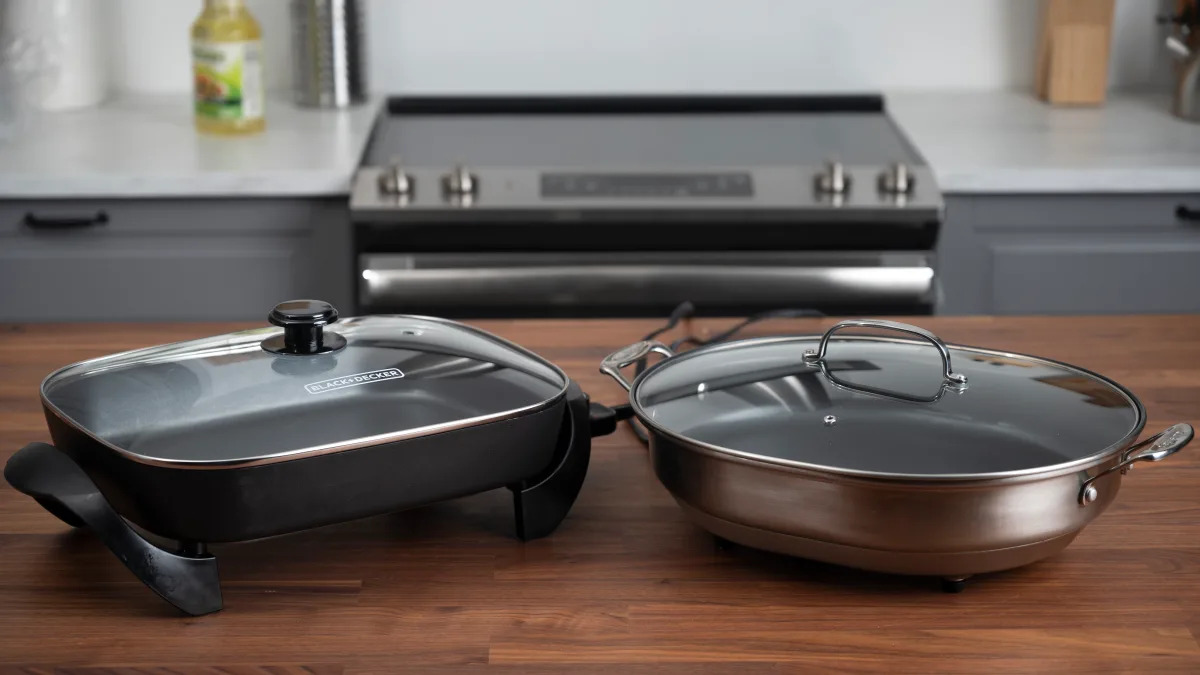
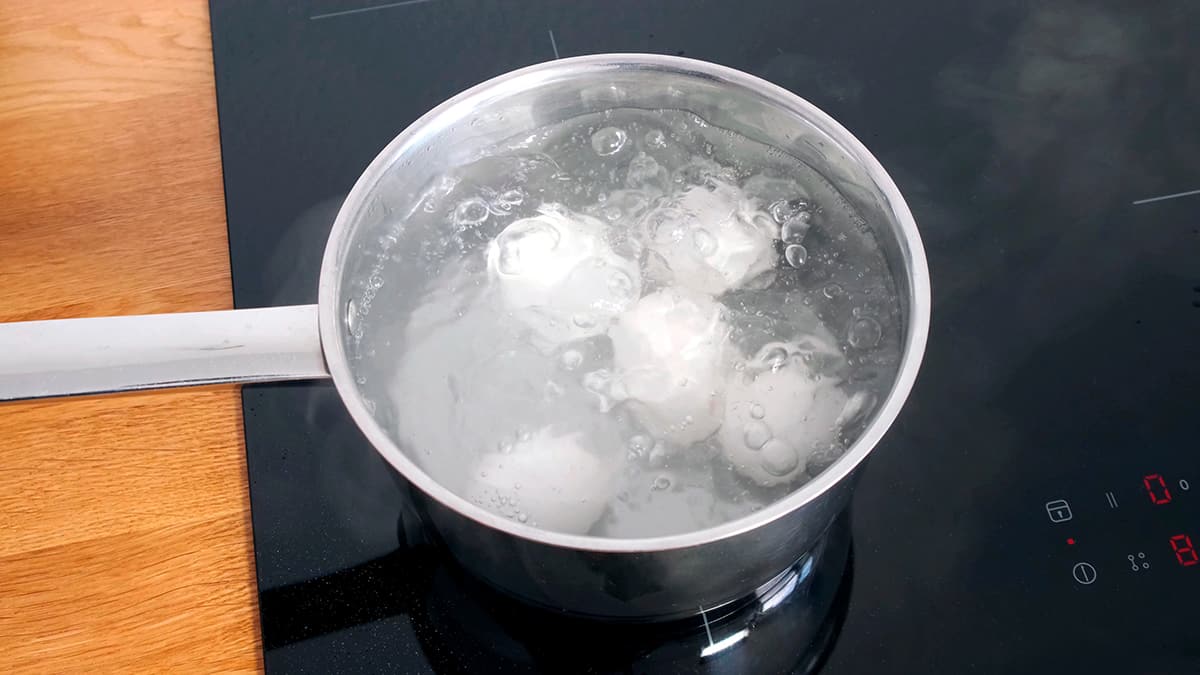
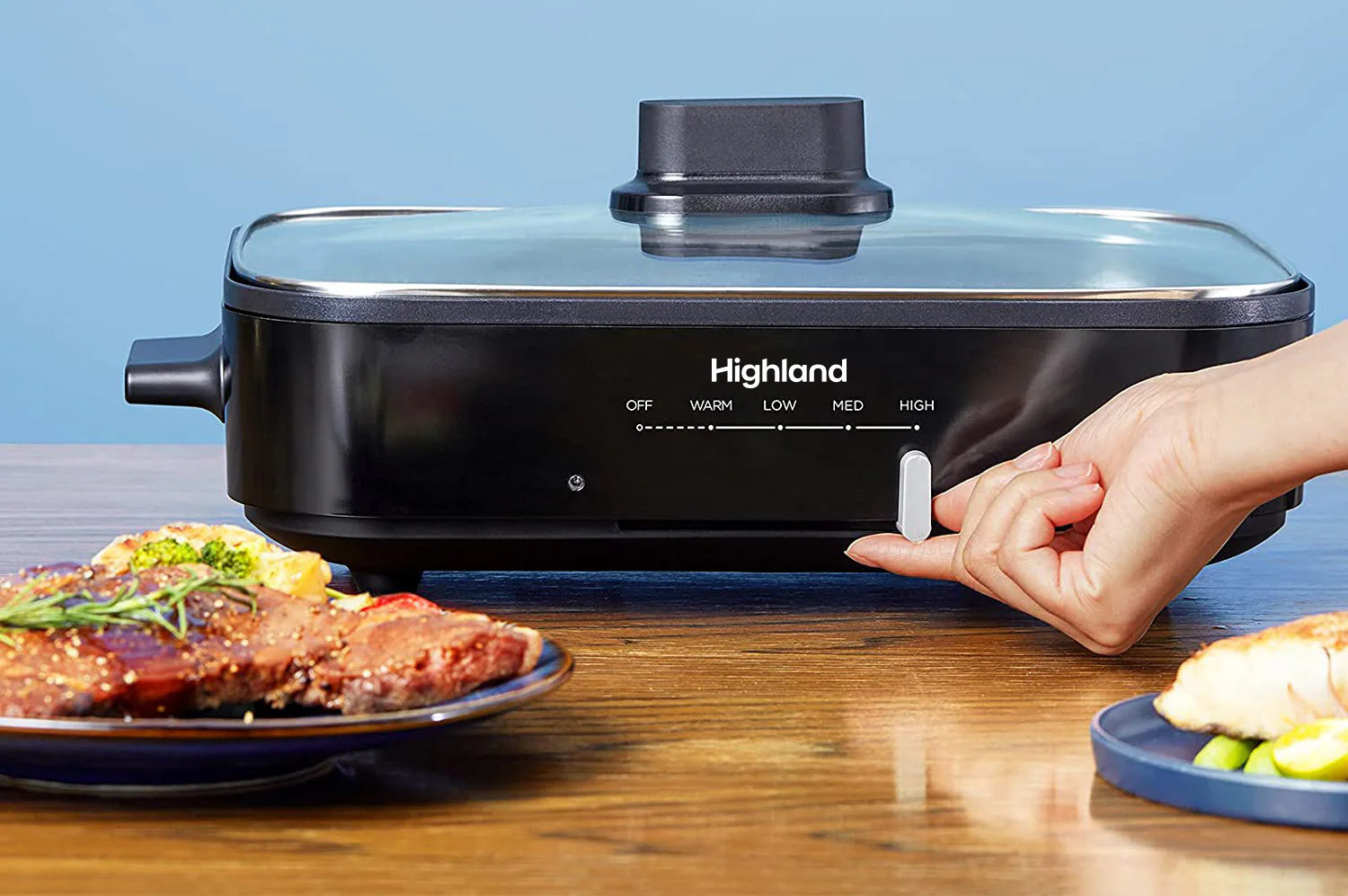
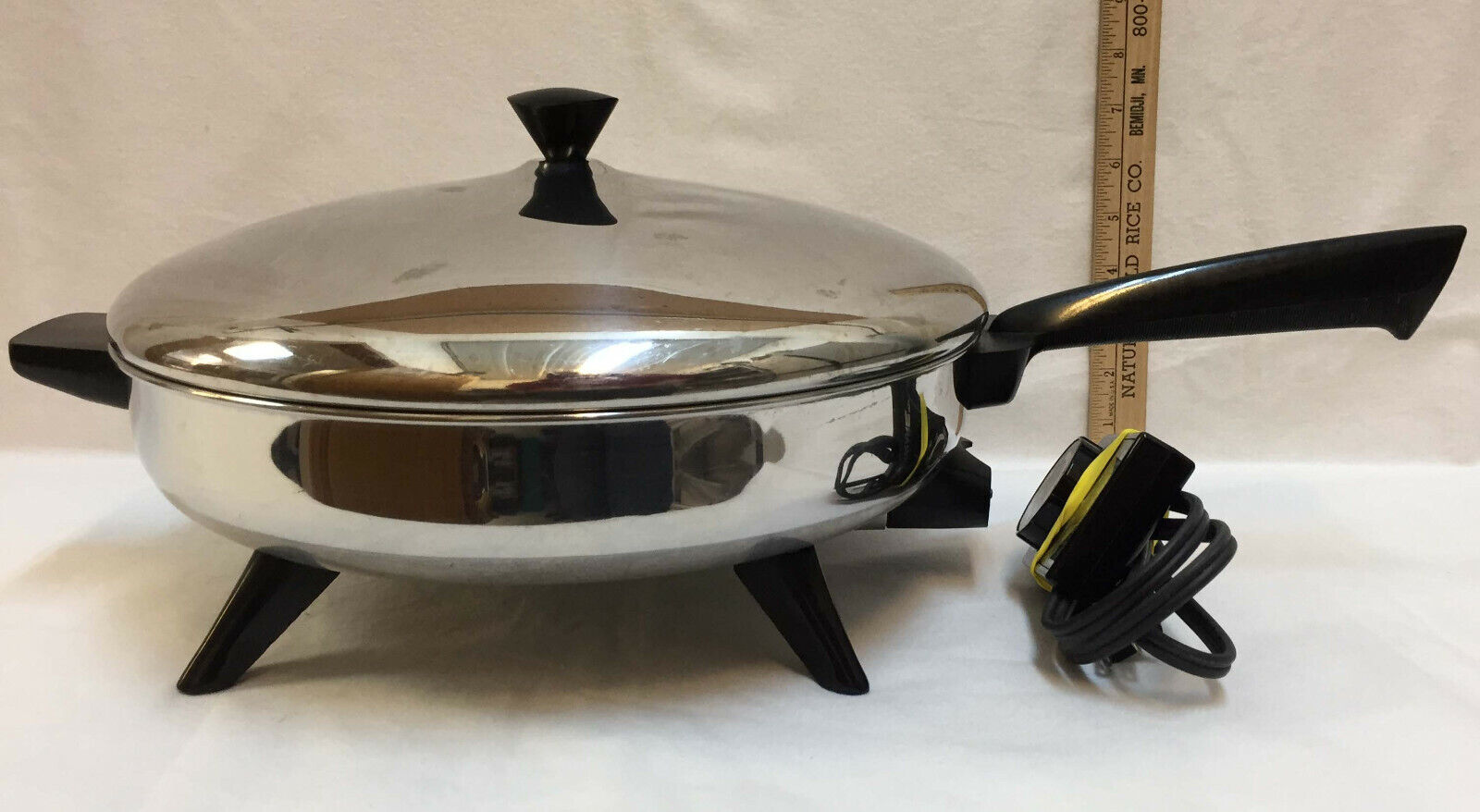
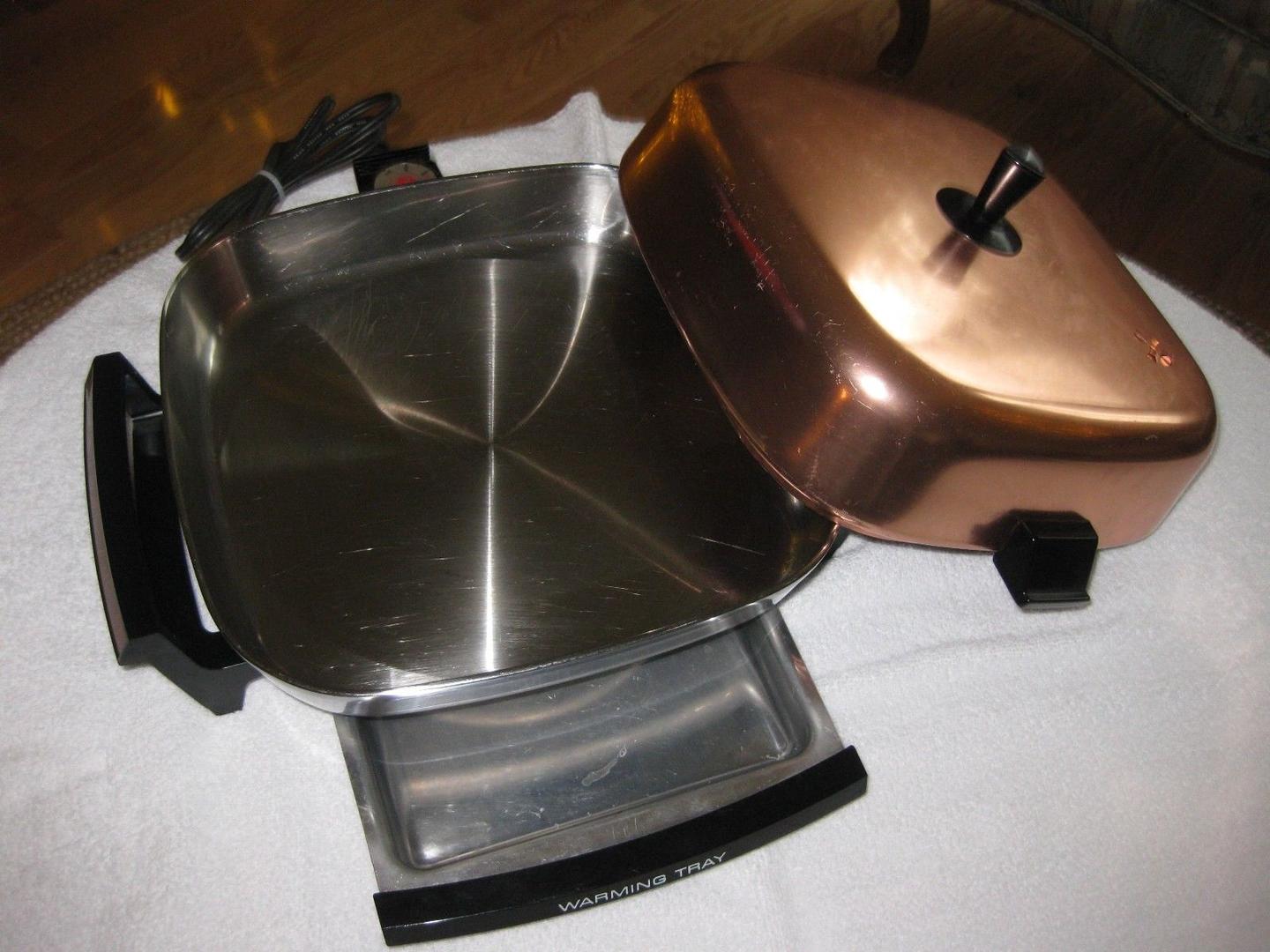
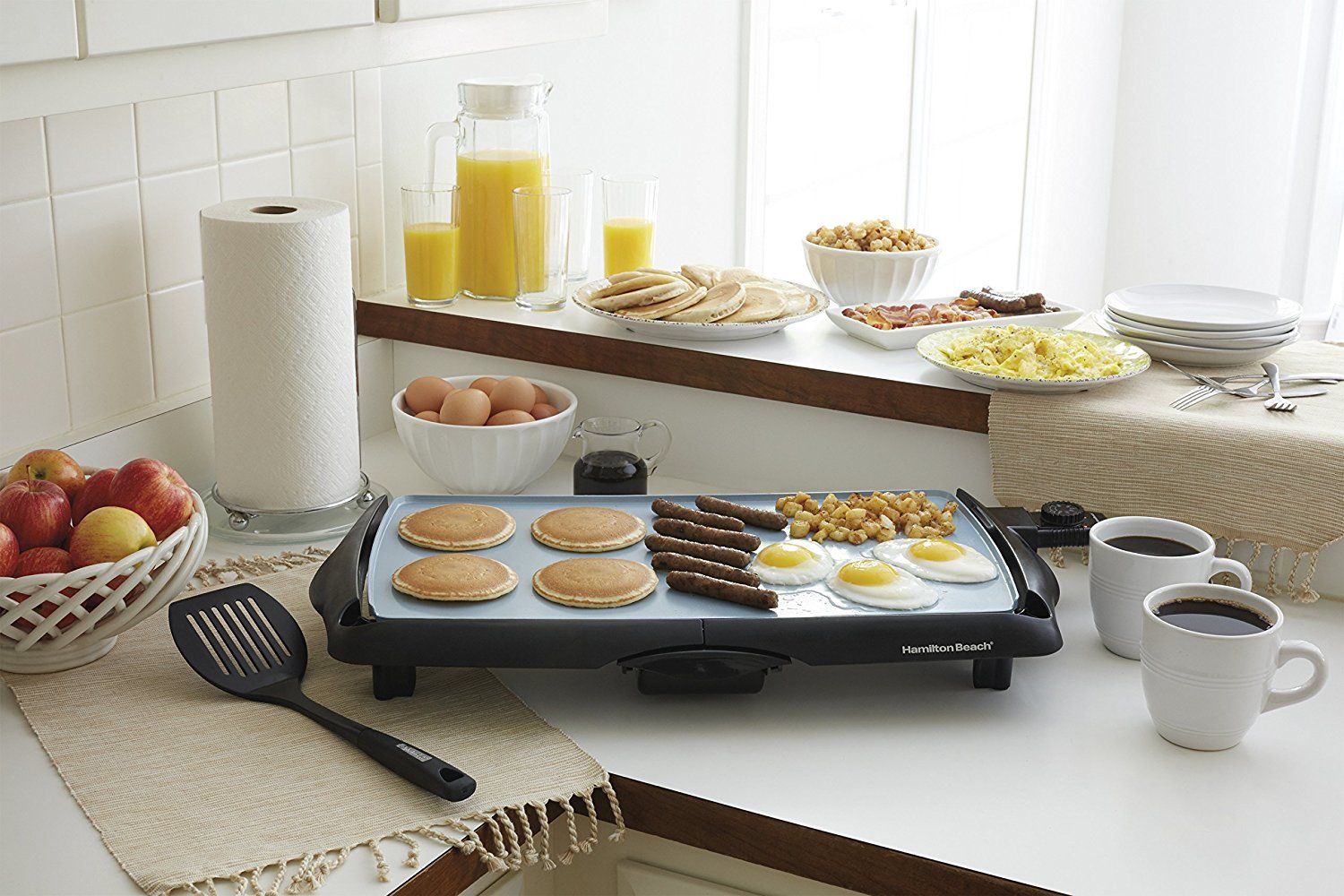
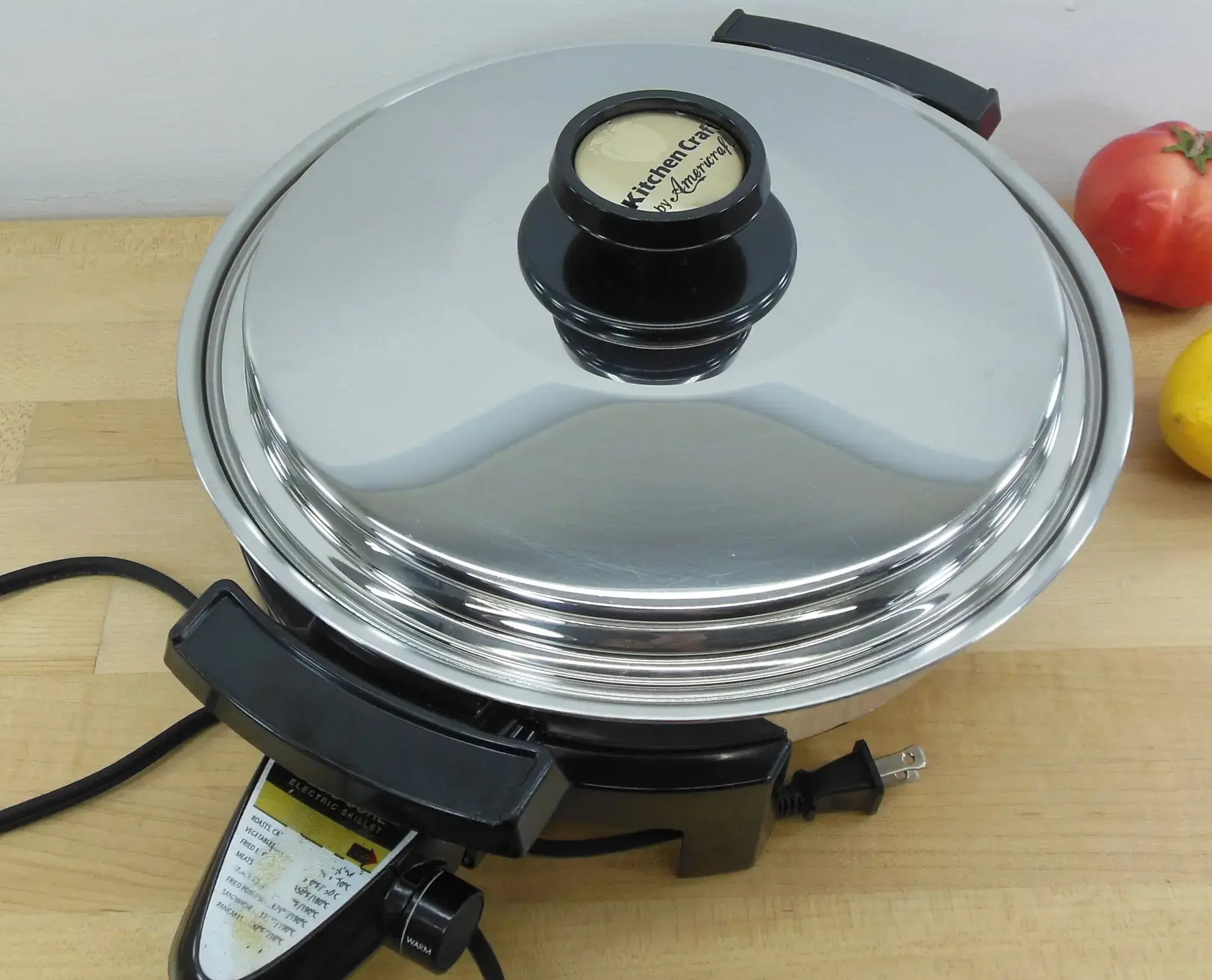
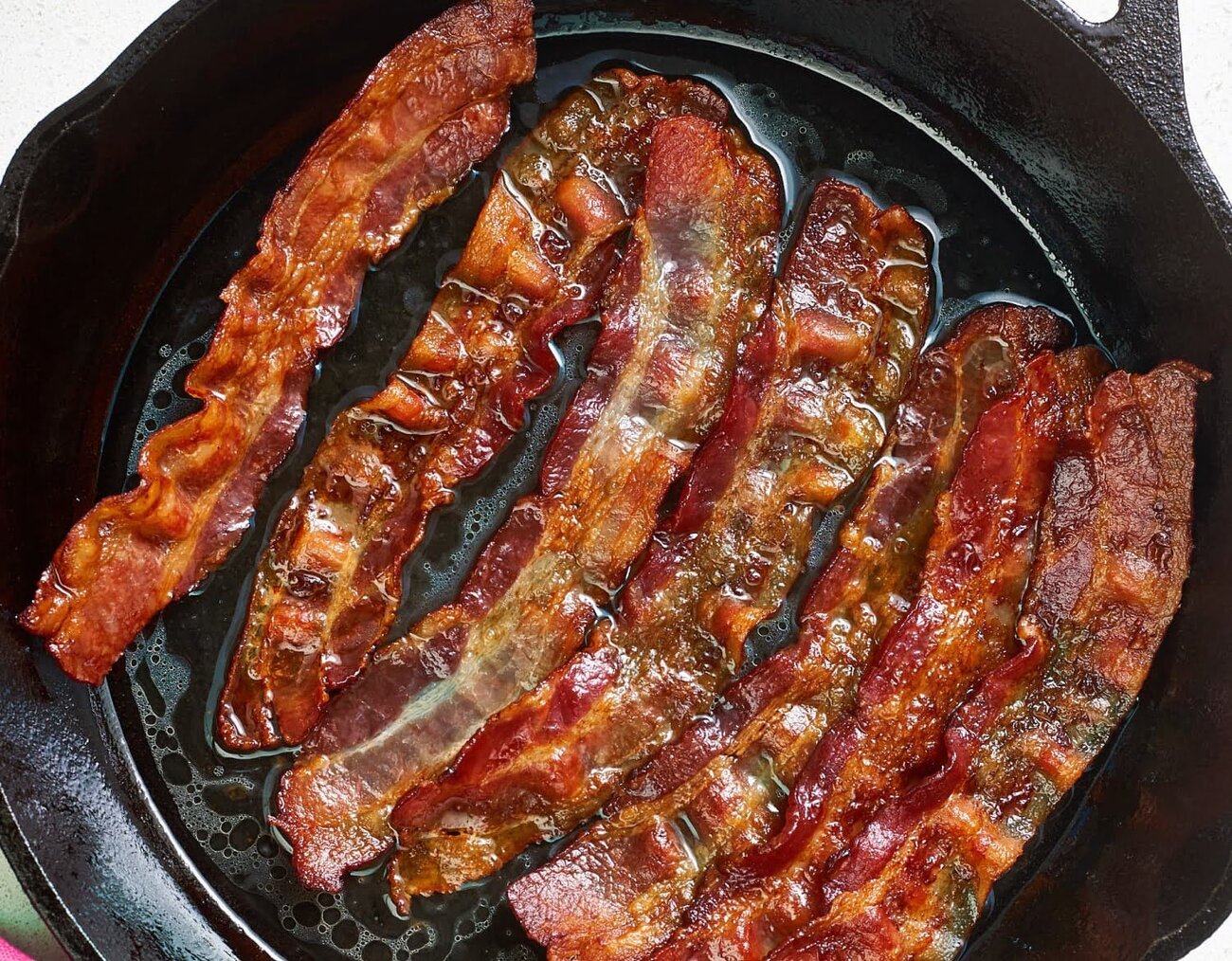

0 thoughts on “What Temp Is Simmer With An Electric Skillet”